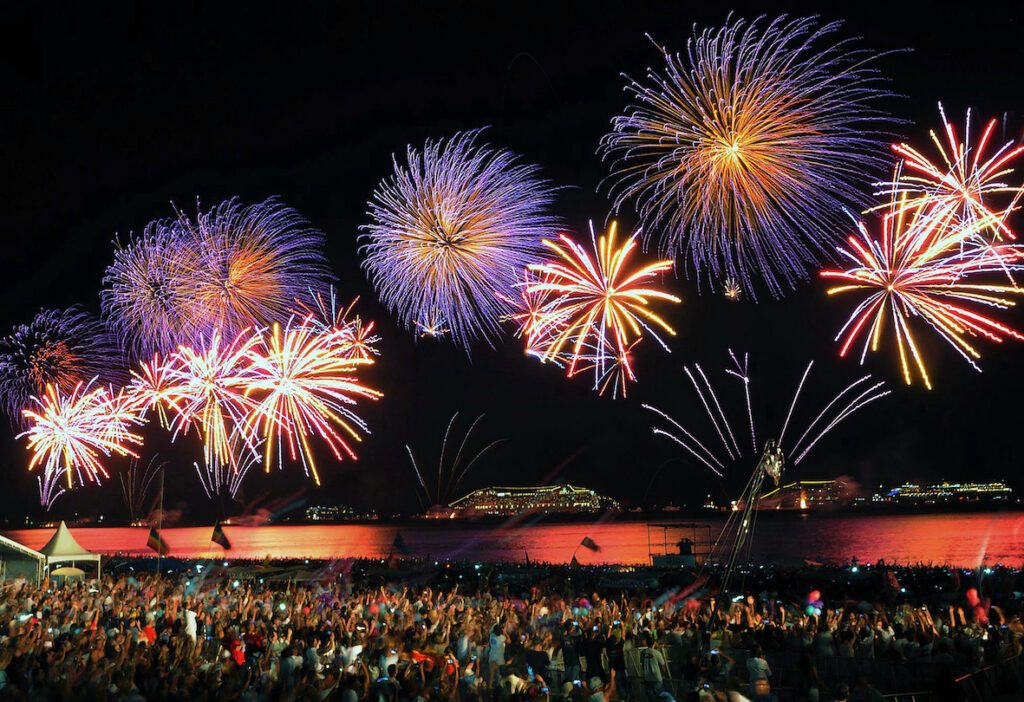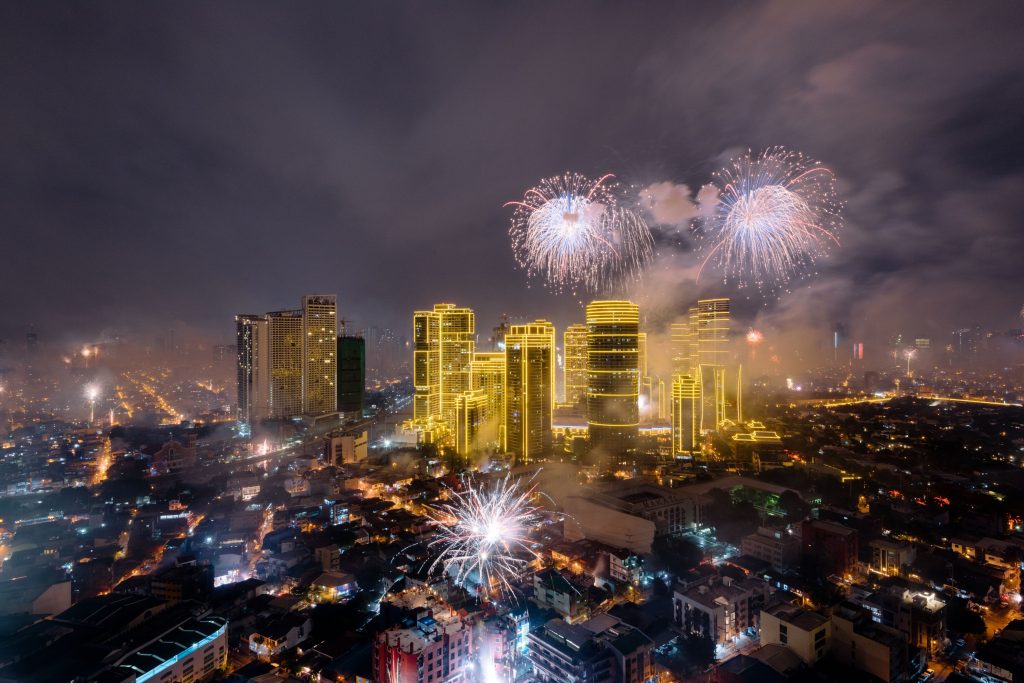As we ring in 2024, COLUMBIA cruise services, an expert in cruise ship management around the world, looks at some of the unique ways in which different countries celebrate New Year’s Eve and New Year’s Day.
In the United States, millions of people gather in New York City for one of the most iconic New Year celebrations around the globe – the Times Square Ball Drop, which happens on the stroke of midnight. There are also huge fireworks displays in many cities across the US, and in the southern states, it’s a tradition to eat black-eyed peas and greens on New Year’s Day for good luck and prosperity.
The United Kingdom also holds iconic festivities with London marking the turning of midnight with the chiming of Big Ben and many people gathering along the River Thames to watch a magnificent fireworks display. While in Scotland, ‘Hogmanay’ is celebrated with a number of different customs. Many cities and towns in Scotland organise street parties to welcome the New Year and the most famous of these is the Edinburgh’s Hogmanay celebration, which attracts thousands of people from around the world. Another tradition is ‘first-footing’, where the first person to enter a home after midnight brings symbolic gifts such as shortbread, coal and whisky to bring good fortune for the year ahead. This tradition is also followed in South Africa where South Africans also enjoy a braai (barbecue) bring families and friends together to cook meat outdoors.
In Rio de Janeiro, Brazil, locals celebrate ‘Réveillon’ (New Year) festivities on the beach, wearing white for good luck and throw flowers into the ocean as an offering to Yemanjá, the goddess of the sea. Another tradition takes place on the beach and involves jumping seven waves at midnight to bring good luck and making seven wishes for the new year.

In Japan, the celebration of the New Year, known as Oshogatsu or Shogatsu, is one of the most important and traditional holidays. Traditions include displaying special decorations at the entrances of homes and businesses, while Buddhist temples ring their bells 108 times at midnight to symbolise the 108 human sins in Buddhist belief.
It is a tradition to eat 12 grapes at the stroke of midnight in Spain, with each grape representing good luck for each month of the coming year, while in Denmark, Danes seek good luck by saving old dishes throughout the year and then throwing them against the doors of friends and family on New Year’s Eve. The more broken dishes, the more luck it brings.
In the Philippines, Filipinos celebrate New Year’s Eve with a midnight feast (called Media Noche) with family and friends, and eat round-shaped fruits which are considered lucky, as they symbolize prosperity. Wearing polka dots and vibrant colours is also thought to bring luck and prosperity.

Food also plays a big part in New Year celebrations in Greece as families eat special New Year’s cakes, baked with a coin inside. The person who finds the coin is said to have good luck in the coming year.
In Mexico, New Year’s Eve, or Nochevieja, is marked with the burning of ‘Año Viejo’, where effigies representing the old year are burned to symbolise getting rid of the past and welcoming the new. Other traditions include wearing specific coloured underwear to bring luck in various aspects of life, such as red for love and yellow for wealth and walking around the block with an empty suitcase at midnight, which is believed to bring travel opportunities and adventures in the coming year.
These are just a few of the weird and wonderful ways in which New Year is celebrated across the world, with the traditions reflecting the unique cultural and historical aspects of the respective countries and regions.




